Itinerary
GALLE DUTCH FORTRESS
The Galle Dutch fortification, commonly referred to as the Galle Fort or the Galle Fortifications, is a historic fortification that can be found in the Sri Lankan city of Galle. It has great historical and architectural value and is one of South Asia’s best-preserved examples of a fortress from the colonial era.
The Galle Dutch Fortress was initially constructed by the Portuguese in the late 16th century, but the Dutch later heavily reinforced and enlarged it while they were in control of Sri Lanka’s colonial affairs. After seizing possession of Galle in 1640, the Dutch East India Company began fortifying the area to protect the vital trading port and bolster their authority over the Indian Ocean’s sea lanes.
Sri Lanka’s Galle Dutch Fortress is currently a UNESCO World Heritage Site and a well-liked tourist destination. Visitors can stroll through the beautifully preserved streets, visit galleries, museums, and shops, and take in the breathtaking views of the surrounding landscape from the fort walls. In addition, it is a lively district with many of eateries, stores, and cafes that serve both tourists and locals. The fortress is a reminder of the island’s strategic importance during the height of the spice trade and marine exploration in the area, and it stands as a memorial to its colonial past.
SEA TURTLE HATCHERY
Galle, a coastal city in southern Sri Lanka, is home to numerous sea turtle hatcheries and conservation facilities. The breeding grounds of sea turtles, which are essential for their survival as endangered marine species, are protected and conserved by these hatcheries. The hatchery’s main goal is to safeguard sea turtle nests that are located along local beaches. The gathered eggs are then placed in specific sand enclosures or incubation chambers, where temperature and humidity are adjusted to resemble natural nesting conditions. Galle’s sea turtle hatcheries frequently provide educational events and public awareness initiatives for tourists and the neighborhood. These programs seek to increase public knowledge of the value of maintaining sea turtle nesting grounds, the risks they face, and the significance of sea turtle conservation. In Galle, some sea turtle hatcheries serve as hospitals and rehabilitation facilities for sick or injured marine mammals. Before being returned to the water, they offer the turtles a secure area to heal and receive medical attention. Green turtles, hawksbill turtles, loggerhead turtles, leatherback turtles, and olive ridley turtles are just a few of the sea turtle species that Galle’s sea turtle hatcheries are likely to help preserve. Travelers have a special chance to learn about these amazing marine animals, aid in their conservation, and see the breath-taking moment when newborn turtles are released into the ocean thanks to the sea turtle hatcheries in Galle.

UDAWALAWA NATIONAL PARK
One of Sri Lanka’s most well-known and well-liked national parks is Udawalawe. It is situated in the southern region of the nation, around 180 km southeast of Colombo, the nation’s capital. The park is renowned for its abundance of animals, especially its large population of wild elephants. Elephants, water buffalo, deer, wild boar, crocodiles, and several bird species are among the many animals that call the park home. In addition to elephants, Udawalawe is home to a number of noteworthy animal species, including sloth bears, leopards, and monkeys. In particular, Udawalawe is well-known for having a sizable population of Asian elephants. It is one of the greatest places in Sri Lanka to see these majestic animals in their natural habitat because there is a good probability that visitors would come across herds of elephants while on a safari. The main draw of Udawalawe National Park are safari tours. The Udawalawe Reservoir borders the park, which is distinguished by its wide-open grasslands that are scattered with scrub jungle. Udawalawe is home to the Elephant Transit Home, a facility for rehabilitating orphaned elephant calves, in addition to the national park. The facility’s goal is to take care of these elephants and eventually return them to the wild.
NINE ARCH BRIDGE
The Nine Arch Bridge, commonly referred to as the Bridge in the Sky, is a well-known railway bridge situated in Sri Lanka’s hill area. It is located close to Ella, a well-liked tourist attraction renowned for its stunning settings and lovely scenery. An technical and architectural masterpiece, the Nine Arch Bridge. It was constructed in Sri Lanka somewhere in the early 20th century, during the time of British colonialism. The bridge gets its name from the nine arches that make it stand out. The arches and stone building stand out well against the surrounding lush greenery. The Ella region’s rich woodlands and tea plantations surround the bridge.
The bridge, which is still in use, connects Ella, a small town in Sri Lanka, with Demodara through a railway line. The scene is made even more charming and distinctive by the frequent train traffic that crosses the bridge. In Sri Lanka, the Nine Arch Bridge has grown to be a popular tourist destination, luring both domestic and foreign tourists. Tourists frequently throng to the bridge to take in the natural beauty, snap pictures, and feel the excitement of seeing a train pass through the arches. The Nine Arch Bridge is an iconic representation of Sri Lanka’s colonial past and the picturesque hill country, in addition to being a fascinating architectural marvel.
LITTLE ADAMS PEAK
Another well-known destination in Sri Lanka’s Ella region is Little Adam’s Peak. It is a beautiful hill with a short walk that provides breath-taking views of the surroundings. The nickname “Little Adam’s Peak” comes from the fact that it resembles the bigger and more well-known Adam’s Peak (Sri Pada), which is situated in the Centre of Sri Lanka. Little Adam’s Peak’s summit walk is regarded as being rather simple and suited for hikers of all fitness levels. Little Adam’s Peak, despite its modest height, provides breathtaking panoramic views of the surroundings. Views of the Ella Gap, Ella Rock, Ravana Ella waterfall, and the huge tea plantations that dominate the area are seen from the peak. Little Adam’s Peak is a well-liked location to view the sun rise and set. Many visitors decide to trek early in the day to see the sunrise or later in the day to take in the breathtaking views of the sunset. Visitors get the chance to learn about tea growing and picking on the trail that leads to Little Adam’s Peak, which goes through tea estates. The walk is made more appealing by the surrounding scenery of immaculately kept tea bushes. Little Adam’s Peak is a popular location for photographers because of the scenic surroundings and breathtaking perspectives. Any photographer will enjoy capturing the area’s natural beauty and its distinctive sceneries.
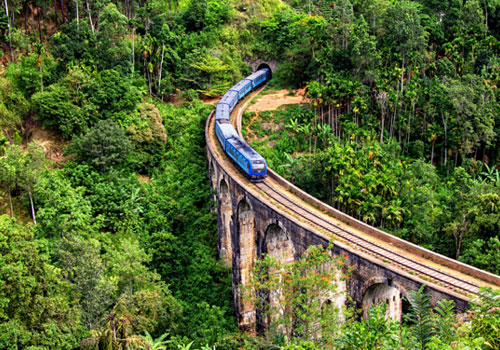
TRAIN RIDE ELLA TO NANU OYA
One of Sri Lanka’s most beautiful train trips is the one that runs from Nanu Oya to Ella. You can enjoy stunning vistas of verdant tea plantations, mist-covered mountains, tumbling waterfalls, and quaint rural communities as the train travels through the scenic hill country. Everyone visiting Sri Lanka should take this train trip; it is a favorite of both natives and visitors. The closest station to Nuwara Eliya is Nanu Oya Railway Station, where the train journey begins. Popular tourist locations like Kandy and Nuwara Eliya are close to Nanu Oya by road. Ella Railway Station, a charming hill country town renowned for its breathtaking panoramas and energetic ambiance, is where the train excursion comes to an end. The train travels through stunning scenery, including hills covered in tea, thick forests, and a number of well-known vistas. The Nine Arch Bridge next to Demodara, the Ramboda Waterfall, and the Devon Waterfall are a few of the route’s beautiful features. Older trains on this route with open-door carriages let passengers enjoy unrestricted views and take beautiful pictures of the surrounding landscape. A first-class observation car with big windows is available on some trains, giving passengers a great vantage point and a great view of the passing scenery. The Nine Arch Bridge, which is close to Demodara station, is a popular location for photographers.
HORTON PLAINS
About 32 kilometres (20 miles) from the town of Nuwara Eliya, Sri Lanka’s Horton Plains National Park is a stunning natural area. Due to its distinctive sceneries and wildlife, it is a well-liked tourism attraction for both domestic and foreign visitors. It is wise to be ready for unexpected shifts because the weather at Horton Plains may be rather unpredictable. It is advised to dress in layers and bring a lightweight rain jacket because the area can get cool in the early mornings and are frequently misty. The park has a number of hiking paths, with the circular path that leads to Baker’s Falls and the well-known World’s End viewpoint being the most well-liked.
The Horton Plains National Park in Sri Lanka is undoubtedly one of the most stunning World Heritage Sites on earth. The park is spread throughout Kirigalpotta and Totapola, the two tallest mountains in the region. The Central Highlands of Sri Lanka are made up of a plateau-like structure, heavy forests and mountains on one end, and plains on the other. This region of the country is home to several waterfalls, lakes, rocky hills, and ocean vistas. Many wild creatures and birds can be found in the forest, although the majority of the larger species are elusive and difficult to approach.
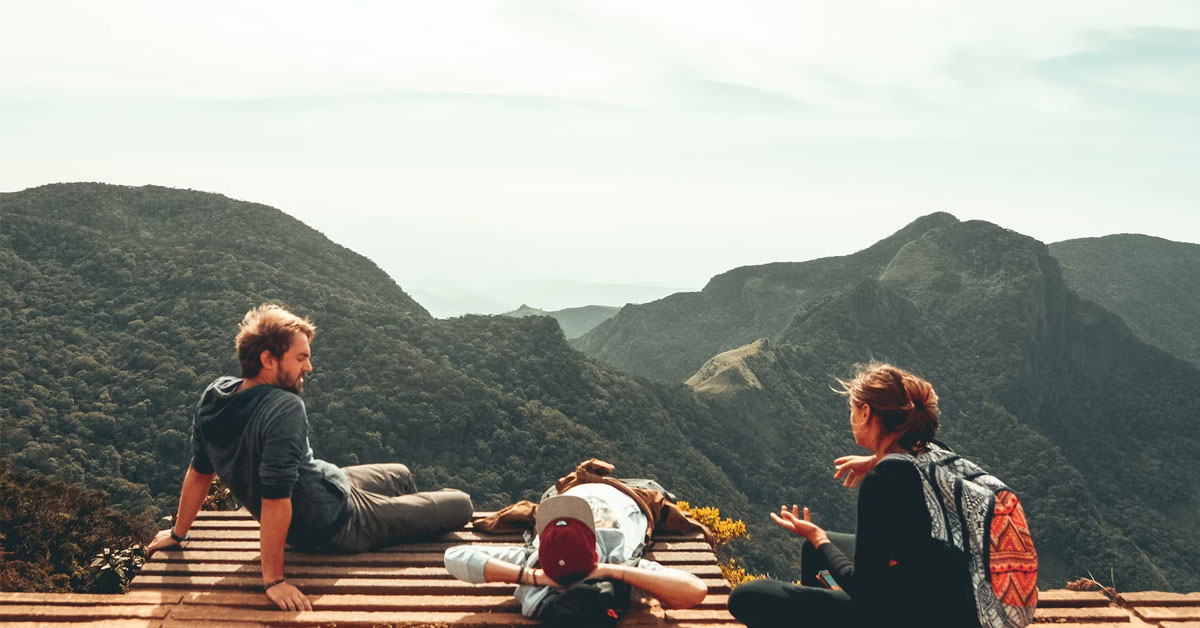
DAMRO TEA FACTORY
The Damro Tea Factory is situated in the Sri Lankan town of Nawalapitiya, which is part of the Kandy District. It is set between lush tea plantations and gorgeous scenery in the charming hill country. Visitors can take advantage of the factory’s guided tours to see the entire tea-making process, from picking the tea leaves to packaging the finished product. The sophisticated process of picking tea leaves is open to tourists, who may watch or even become involved. The factory is where the tea leaves are first withered in order to lower their moisture content. The oxidation process is then started by rolling the withered tea leaves, which breaks the cells. The tea leaves are dried after fermentation to stop oxidation and lower moisture content. Based on their size, shape, and quality, the dried tea leaves are separated and graded. The processed tea must be packaged in order to be distributed and sold in the final step.
RAMBODA WATERFALLS
Ramboda Falls, often referred to as Ramboda Ella, is a beautiful waterfall found in Sri Lanka’s central highlands, close to the city of Nuwara Eliya. Its tremendous height and lovely surroundings make it one of the region’s most well-liked tourist destinations. Ramboda Falls is located around 6 kilometres (about 3.7 miles) from the hamlet of Pussellawa and about 28 kilometres (about 17 miles) from Nuwara Eliya.The waterfall consists of two interconnected major cascades. Ramboda Falls is one of the tallest waterfalls in Sri Lanka, measuring a total of about 109 metres (358 ft). The Upper Ramboda Oya Fall, the first and most well-known, is located approximately 1.5 km from the main road, and if you stop at the Tea Bush Hotel in Ramboda, you can see the upper section of this fall. The Middle Fall, the second section, is 6 metres high and is located immediately after the Ramboda tunnel. Tourists frequently visit this location to take a dip. The final one, Lower Ramboda Oya Falls, is not visible from the main road and is located 500 metres below the middle fall. This stunning 15-meter waterfall was created when the water body crossed the main road and continued to descend.
ROYAL BOTANICAL GARDEN
The oldest formal gardens in Sri Lanka are located in Peradeniya at the Royal Botanical Gardens. It is situated in the Central Province of Sri Lanka, 460 metres above mean sea level, about 5 kilometres to the west of the city of Kandy. The Royal Botanic Gardens in Peradeniya receive about 2 million local and international tourists each year. The garden has more than 4000 different varieties of plants, including palm trees, spices, medicinal plants, and orchids. It is well known for its extensive orchid collection and its long, palm-lined walks. The National Herbarium of Sri Lanka is a part of it and is handled by the Department of Agriculture’s Division of National Botanic Gardens. It encompasses 147 acres in total.
During the Second World War, the Royal Botanical Gardens of Peradeniya served as the Allied Forces’ South East Asian Headquarters. 2018’s “10 great botanical gardens around the world” list by The Guardian included the Royal Botanical Gardens in Peradeniya. Gorgeous climbers with difficult-to-pronounce names like Beaumontia and Saritaea are entwined with the stunning lilac-blue petraea, which are reported to have grown more elegantly than at the Kew gardens themselves, on large pergolas and wire arches.
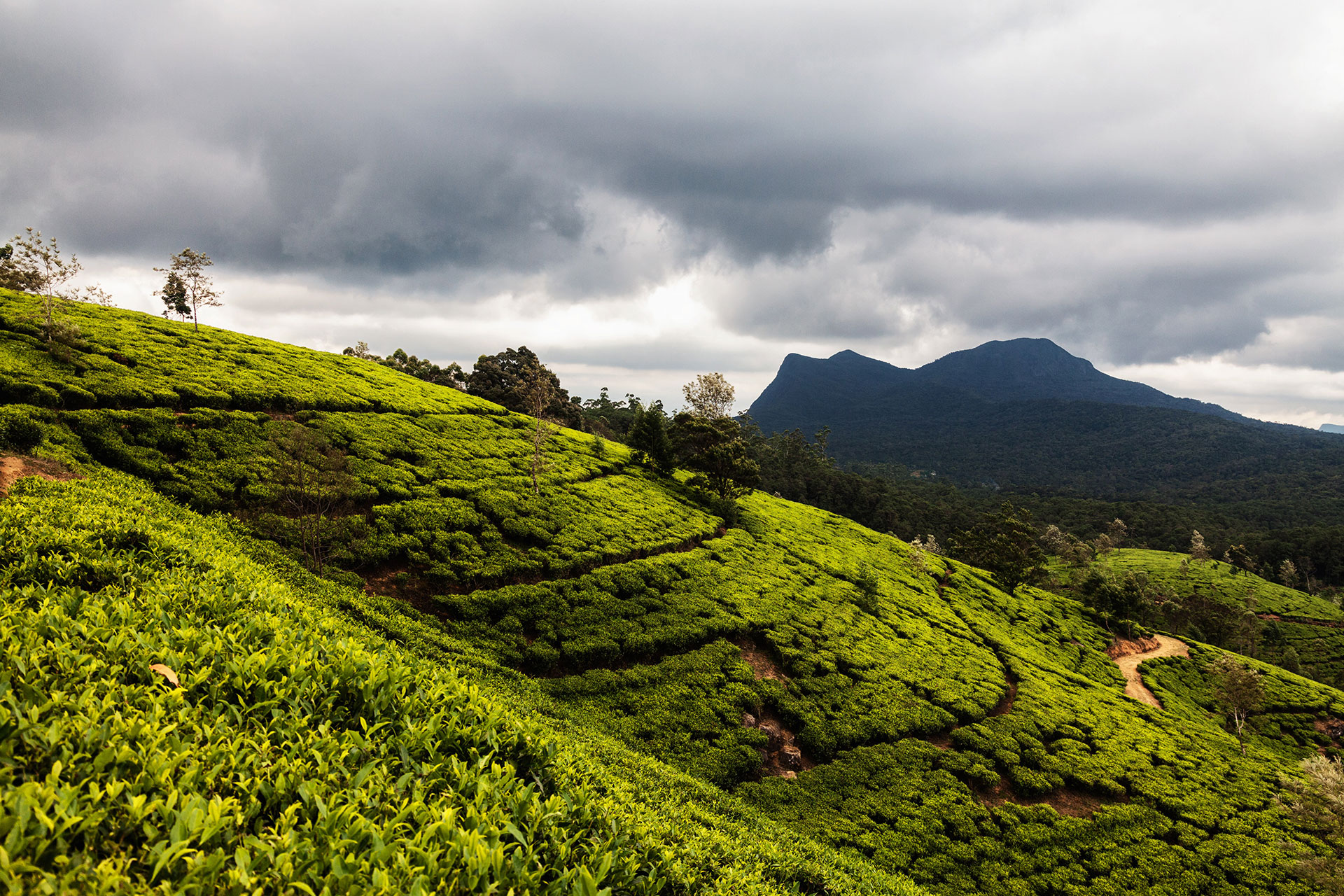
KANDY CULTURAL DANCE
The lively traditional dance performances of Kandy, Sri Lanka’s cultural center, are legendary. The rich cultural heritage and aesthetic expressions of the island nation are displayed via these ancient dance styles. These enthralling performances can be seen by visitors to Kandy at a variety of locations throughout the city, including hotels, cultural centers, and during special occasions like the Esala Perahera festival.
The most recognizable and well-known traditional dance in Sri Lanka is the Kandyan dance. Dancers dress in ornate, vibrant outfits that are embellished with jewelry and hats. The dance includes intricate hand gestures, rhythmic footwork, and acrobatic feats. Drummers and musicians frequently accompany the dance while playing traditional instruments like the “Geta Beraya” (a pair of drums) and the “Yak Bera” (a cylindrical drum).
Another significant dancing style in Kandy is the Ves dance. It is distinguished by its slow, delicate motions, which frequently represent scenes from Jataka tales (stories of the Buddha’s earlier lives). The dancers’ exquisite, long-flowing costumes and masks give the show a supernatural quality. Udarata Natum, sometimes referred to as the “Kandyan dancing umbrella dance,” is a distinctive kind of dance in which dancers spin elaborate, colorful umbrellas in complex patterns as they move. This charming and expert dance displays the dancers’ coordination and quickness.
KANDY TOOTH RELIC TEMPLE
Vibrant frescoes that date back more than 2,000 years are painted on the cave’s walls and ceilings. The incidents from the Buddha’s life are depicted in these paintings, along with a number of gods and other historical people. The paintings shed important light on Sri Lanka’s ancient art and culture. The caves are home to more than 150 Buddha statues, including the largest reclining Buddha statue in Sri Lanka at 14 meters long. Other statues show the Buddha in seated and standing positions, each representing a distinct element of his life. Buddhists from all over the world come to the famed pilgrimage site known as the Dambulla Cave Temple. Sacred Tooth Relic, Architecture, Puja Ceremonies, Esala Perahera, and Museum are the temple’s main attractions. In addition to being a prominent religious monument, Sri Lanka’s Temple of the Sacred Tooth Relic is also a famous tourist destination. It invites tourists from all over the world who come to experience its meditative atmosphere, discover the depth of the nation’s Buddhist legacy, and take in the splendor of the temple’s architecture and celebrations during the Esala Perahera.
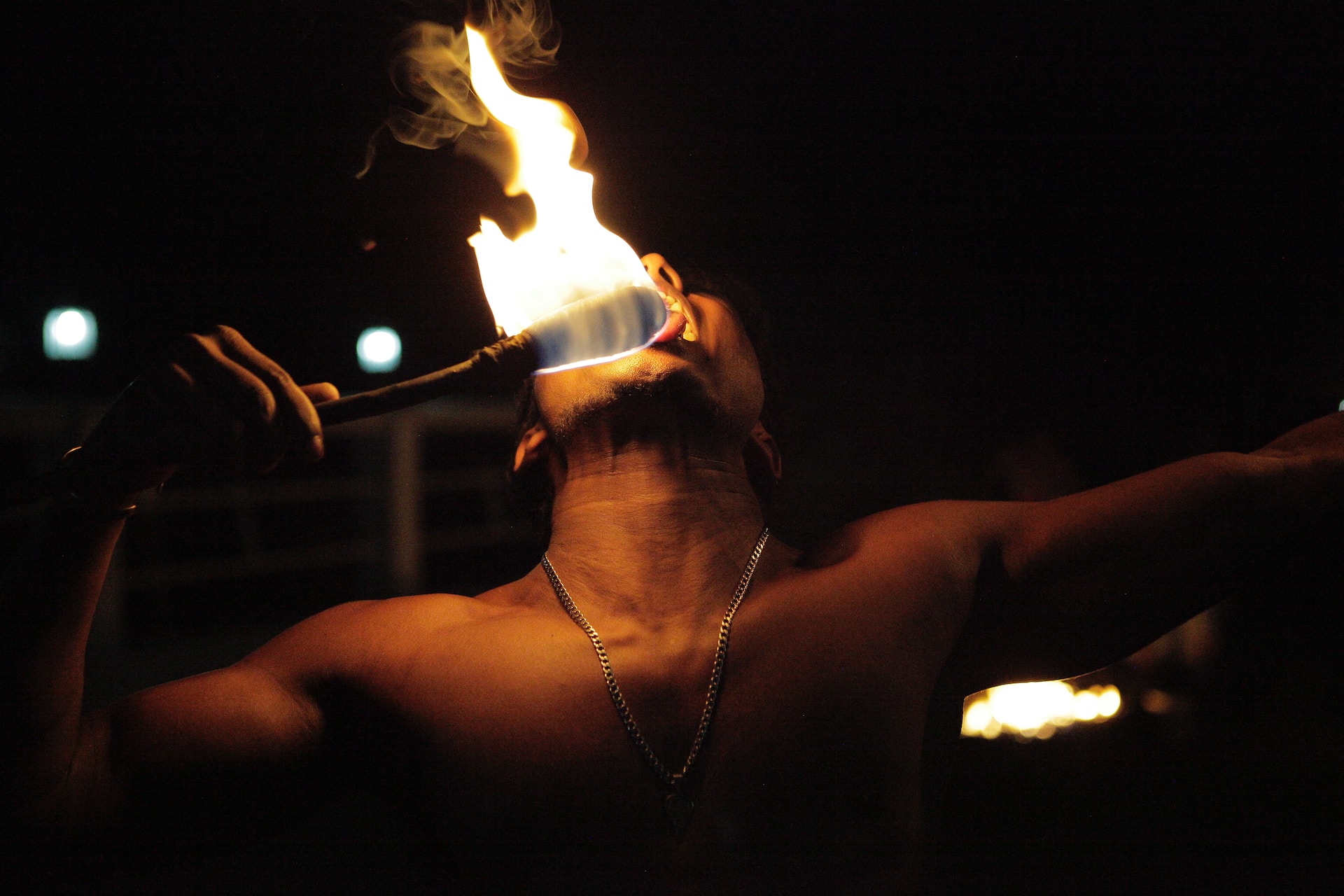
SNORKELING AT THE PIGEON ISLAND
In Sri Lanka’s Eastern Province, Pigeon Island is situated off the coast of Nilaveli, close to Trincomalee. It is a popular destination for snorkeling and underwater exploration because of its clean waters, bright coral reefs, and variety of marine life. Bring your own snorkeling equipment or hire some on the island. To ensure your safety and the protection of the undersea habitat, wear the right snorkeling gear. The seas surrounding Pigeon Island are home to a wide variety of marine life, including vibrant corals, reef fish, sea turtles, and, if you’re lucky, blacktip reef sharks in the deeper depths. Although snorkeling is generally a safe hobby, it is essential to have good swimming skills. It’s important to snorkel responsibly, just like with other aquatic sport. To protect the marine habitat for future generations, refrain from walking on or touching corals, pick up after yourself, and be a responsible guest. Enjoy your underwater journey and the stunning marine life of Sri Lanka!
KONESWARAM TEMPLE
The Koneswaram Temple in Trincomalee, a famous Hindu temple that is thought to have been around since 400 BC, has seen many prosperous years as well as many stormy ones during European conquest. The temple, which is housed inside the storied Fort Frederick, provides the ideal fusion of the island’s distinctive culture with its predominantly European surroundings. One of the most significant Hindu temples in the entire nation, the Koneswaram Temple is regarded as one of the Pancha Ishwarams (one of the five abodes of Lord Shiva). Since its founding, the temple has thrived thanks to the numerous conquering governments that have protected it, including the Anuradhapura Kingdom, the Chola Empire, the Pandyan Kingdom, and the Jaffna Kingdom.
Nevertheless, this hallowed sanctuary was permitted to be rebuilt by the successive colonisers, specifically the Dutch and the British. In addition, numerous missing objects were found during this time period from a variety of archaeologist excavations. Lord Shiva, Lord Ganesh, and Goddess Parvati sculptures, as well as many other decorations, have been added to the temple recently, showing how important this place of worship is to Sri Lankans.

PIDURANGALA ROCK
An old rock formation called Pidurangala Rock can be seen in Sri Lanka close to Sigiriya. Due to its breathtaking vistas, historical value, and closeness to the well-known Sigiriya Rock Fortress, it is a well-liked hiking and tourist destination. In Sri Lanka’s Central Province, Pidurangala Rock is located just a few kilometres north of Sigiriya. It is a piece of a sizable complex of nearby caverns and rocks. Although a little difficult, the climb to the top of Pidurangala Rock is worthwhile. Pidurangala Rock is a well-liked location to view the sun rise and set. As the view from the top is just spectacular, many visitors opt to trek early in the morning to watch the sunrise.
Sunset vistas are equally beautiful and present a fantastic photographic opportunity. You’ll be rewarded for climbing to the top with expansive views of the surrounding landscape, which will include Sigiriya Rock Fortress in the distance. A captivating image is produced by the huge terrain, dense trees, and neighboring lakes. Pidurangala Rock is significant historically as well. It is the location of a historic Buddhist monastery that was founded in the first century BC. The rock has a number of caverns and ruins, which raise its cultural significance.
SIGIRIYA VILLAGE TOUR
Village tours may provide an uncommon window into the traditional rural way of life of the local inhabitants living close to the famous rock fortress in the Sigiriya region, which is renowned for its historical significance and natural beauty.
a guided tour of the countryside that enables guests to take in the natural beauty of the area, see rice fields, lush vegetation, and possibly see wildlife, interacting with the neighborhood peasants and seeing their everyday tasks, such farming and cooking. This provides insights into the genuine way of living in rural Sri Lanka. Enjoying a leisurely trip in a bullock cart, a slow, unassuming means of transportation that has been used in rural areas for decades, eating native cuisine made by the peasants in Sri Lanka. This could consist of a home-cooked lunch made with products purchased nearby, learning about and even trying your hand at local artisanal crafts like woodcarving, weaving, or pottery observing cultural performances featuring traditional dance, music, and other genres by regional performers and performing farming activities including planting or harvesting crops, learning about the local agricultural practices, conversing with the people to understand about their practices, traditions, and difficulties they encounter on a daily basis.
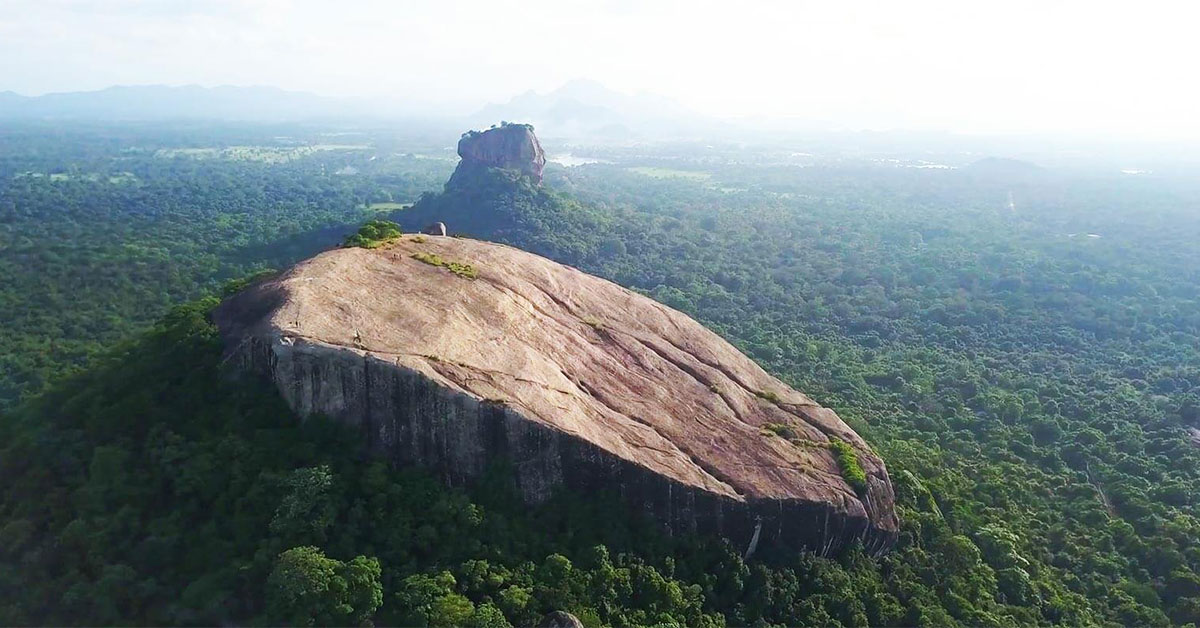
MINNERIYA NATIONAL PARK SAFARI
A notable wildlife refuge in Sri Lanka’s North Central Province is called Minneriya National Park. Wild elephant herds frequently congregate in the park, especially during the dry season when they visit the Minneriya Tank (reservoir) in search of water and to graze on the verdant grasslands. A safari in Minneriya National Park is a fantastic way to see these gorgeous animals and other wildlife up close and personal. The Sri Lankan metropolis of Colombo is roughly a 4-hour journey from the town of Habarana, where Minneriya National Park is located. Jeep safaris and boat safaris are both available in Minneriya National Park. A jeep safari is the most frequent and well-liked method of exploring the park because it enables you to access more locations and cover more terrain. Other animals that can be found in Minneriya National Park besides elephants are sambar deer, spotted deer, Sri Lankan axis deer (sometimes called “chital”), wild buffalo, jackals, several bird species, and occasionally leopards and sloth bears.
POLONNARUWA ANCIENT CITY
The North Central Province of Sri Lanka is home to the historic city of Polonnaruwa. It has been recognized as a UNESCO World Heritage Site and is one of the most significant historical and archaeological sites on the island. After Anuradhapura’s decline, the city served as Sri Lanka’s second capital, reaching its zenith in the 11th and 12th centuries.
Due to its advantageous position, Polonnaruwa was chosen as a temporary royal palace in the fourth century, beginning the city’s history. However, in the late 11th century, King Vijaya bahu I established Polonnaruwa as the nation’s capital, and following rulers built and developed the city while in power.
Ancient palaces, temples, stupas, and other buildings that provide important insights into the architectural and cultural accomplishments of the ancient Sinhalese civilization may be found in Polonnaruwa. The Royal Palace, Vatadage, Gal Vihara, Rankoth Vehera, Thuparama, Lankatilaka Image House, Quadrangle, and Parakrama Samudra are a some of the well-known sites in the Polonnaruwa Ancient City.
Some of The Royal Palace is the complex of buildings and audience halls that made up the royal palace. The Sacred Tooth Relic and other sacred relics were previously housed in the circular relic temple known as Vatadage.

SIGIRIYA LION ROCK
An ancient rock castle and archaeological site called Sigiriya, commonly referred to as Lion Rock, is situated in Sri Lanka’s central Matale District. It is a UNESCO World Heritage Site and one of the most important cultural and historical landmarks in the nation. The stronghold is perched atop a huge rock that towers over the surrounding jungle by around 200 meters (660 ft). The Sinhalese terms “Sihagiri” (which means Lion Rock) and “Giri” (which means rock) are the source of the name “Sigiriya”. History of Sigiriya begins in the third century AD, when it was first utilized as a Buddhist monastery. King Kashyapa later converted it into a regal castle and opulent palace complex in the fifth century AD. He chooses this spot because of its strategic merits, including its defensibility and the attractiveness of the natural surroundings.
The Lion Gate, which lies near the fortress’s entrance and was initially envisioned to resemble a gigantic lion’s head, is Sigiriya’s most recognizable feature. The lion’s mouth served as the entrance route, which led to a staircase chiselled into the rock that led to the peak. The ancient ruins of Sigiriya continue to be a well-liked tourist site in Sri Lanka today, drawing tourists from all over the world who come to see the technical and aesthetic marvels of the past.
DAMBULLA CAVE TEMPLE
The Dambulla Cave Temple, sometimes referred to as the Golden Temple of Dambulla, is a UNESCO World Heritage Site that can be found in the Matale District of central Sri Lanka, close to the town of Dambulla. It is a notable religious and historical site and one of the most spectacular and well-preserved cave temple complexes in the nation.
The huge granite boulder, out of which the Dambulla Cave Temple was carved, towers 160 meters (525 feet) over the surrounding area. The complex is made up of five caves that are individually decorated with gorgeous statues and detailed murals, showing an amazing fusion of ancient Sri Lankan art and architecture. Vibrant frescoes that date back more than 2,000 years are painted on the cave’s walls and ceilings. The incidents from the Buddha’s life are depicted in these paintings, along with a number of gods and other historical people. The paintings shed important light on Sri Lanka’s ancient art and culture. The caves are home to more than 150 Buddha statues, including the largest reclining Buddha statue in Sri Lanka at 14 meters long. Other statues show the Buddha in seated and standing positions, each representing a distinct element of his life.

NEGOMBO CITY TOUR
In the western region of Sri Lanka, just to the north of Colombo, is the thriving beach city of Negombo. It’s a well-liked vacation spot recognized for its stunning beaches, humming fish market, colonial-era buildings, and rich cultural legacy. Negombo offers a fascinating variety of events during a city trip. Visit the golden sand beach in Negombo to begin your tour. It’s the ideal location for unwinding, taking a leisurely stroll, or just taking in the breathtaking sunset. Discover the 17th-century Dutch Fort’s ruins to learn more about the city’s colonial past. The fort location offers a tranquil setting with plenty of vegetation. Visit St. Mary’s Church, one of Sri Lanka’s most historic and stunning churches. Experience the lively atmosphere of Sri Lanka’s largest fish market, Negombo. Visit the Hamilton Canal, which was constructed in the colonial era for transportation and is today surrounded by beautiful scenery, by boat or on foot. Think of going to the Muthurajawela Marsh, a special wetland ecosystem with a variety of plants and animals. Visit the Angurukaramulla shrine, a well-known Buddhist shrine featuring a sizable seated Buddha statue and lovely wall murals. Visit the Negombo fisherman’s Village to get a glimpse of the traditional way of life of Sri Lankan fisherman.